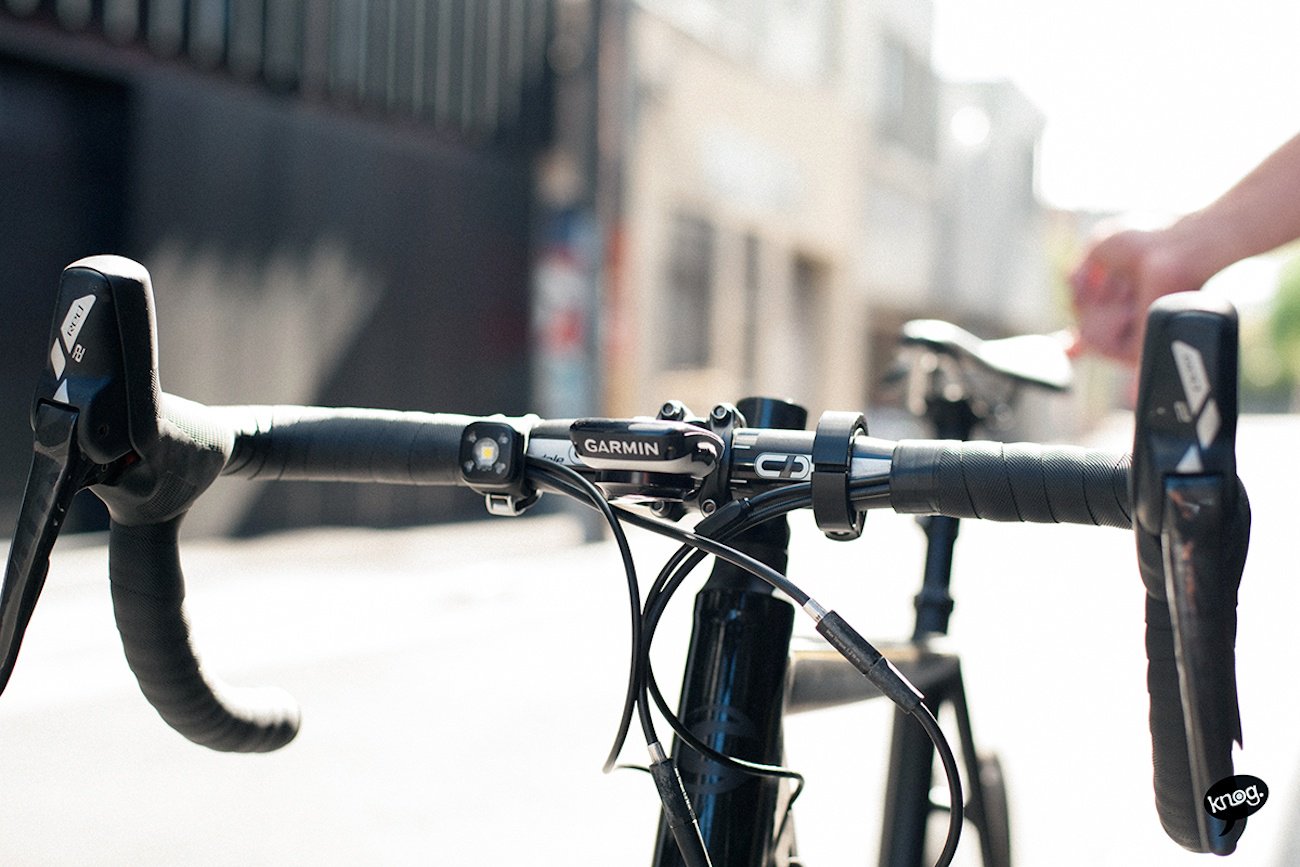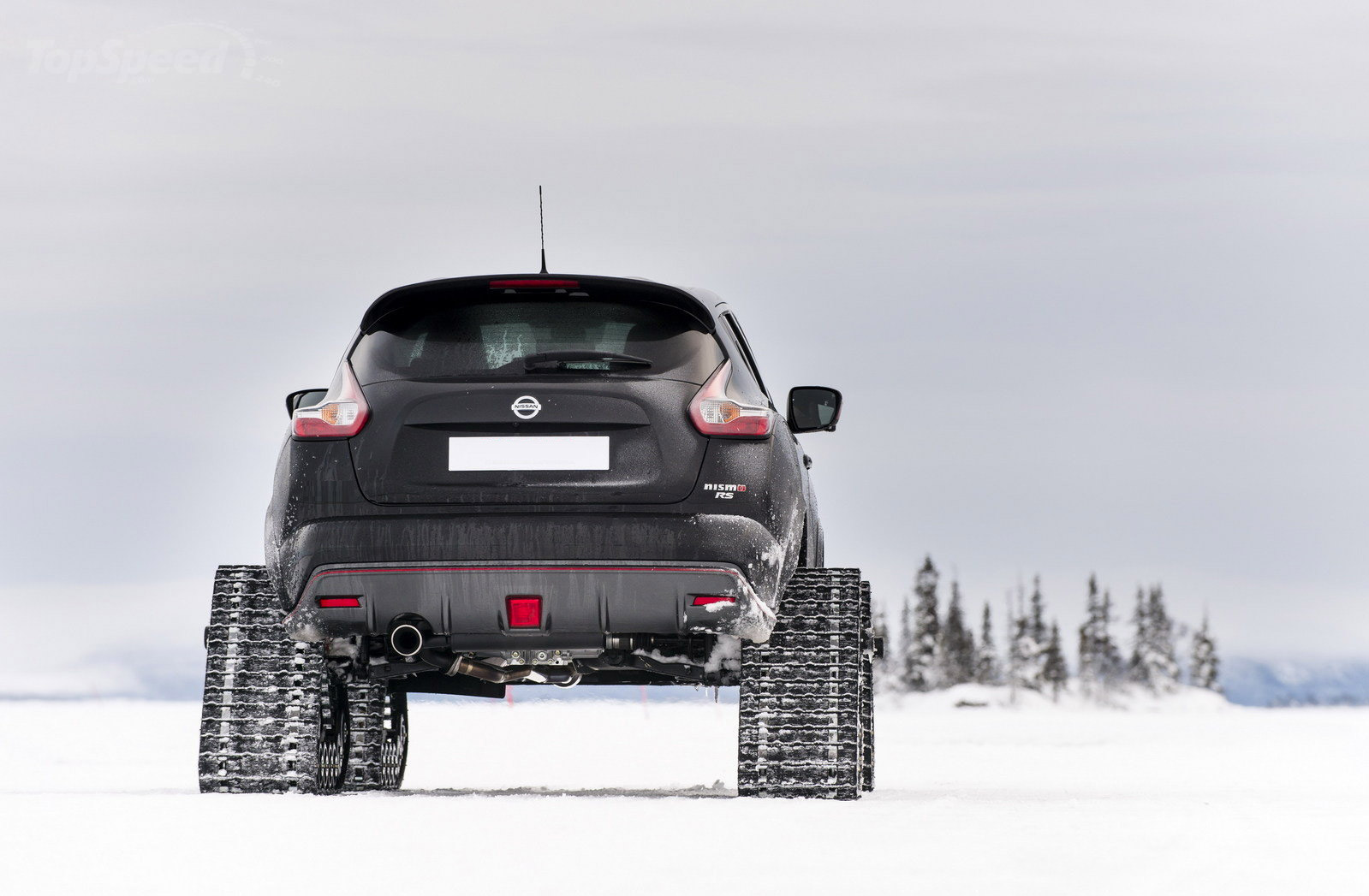There are more vehicles on the road than ever before, and barely a day goes by that you don’t see or hear about an incident or serious accident. If you have a positive outlook, it’s reassuring to think about all the millions of journeys that take place every day without any problems, and you certainly shouldn’t feel afraid to go on the roads for fear of having an accident. The best way to protect yourself and your family is to take care on the roads and not take any chances with yours or other people’s safety.
What to do if you have an accident
If you should be unfortunate enough to be involved in an accident, when the airbag smoke has cleared, check everyone’s alright, and that your ignition is off. Cars often stall in a crash, and it’s easy to forget the ignition is still on, which could be a fire hazard. If it’s safe to exit the vehicle, then do so, and make sure the appropriate emergency services have been called.
In most accident scenarios, there will be other people around who stop to lend a hand. It’s a legal requirement to stop if you witness an accident, but most people, whether they saw what happened or not, will try to help if they’re one of the first on the scene. You’re bound to be shaken up, even if you aren’t physically injured, so listen to the emergency service personnel and follow their advice.
If your accident involved any other vehicle, you must exchange insurance details so claims can be made, and it’s a good idea to carry the details of your insurance policy in the car in case of an incident. Some insurance companies provide a small booklet or card with all the information you’ll need.
Whatever may have caused the accident, it’s a good idea to check where you stand with an injuries claim specialist, such as the legal professionals on this website. You may well be entitled to compensation for what’s happened if it wasn’t your fault, and that could be a big help if you need physical therapy or counselling.
Driving a car
Modern cars are fitted with all kinds of safety devices, from mechanical driver aids like anti-lock braking and traction control to the injury prevention devices like front and side impact airbags. That means that if you are involved in an accident, you have a far greater chance of coming out of it less severely injured than you would have even ten years ago. The introduction of seatbelt laws in 1983 has saved countless lives over the last 35 years, and safety is an ever-improving attribute of all new vehicles.
One drawback to these improvements in safety standards is the psychological effect they can have on some drivers. Because cars are safer, some drivers feel they can go faster and take more chances, effectively not driving as safely as they would have in an older car. Modern cars feel snug and secure, isolating you from the outside world, and it’s easy to go faster than you intend to or place too much reliance on driver aids in poor weather conditions. Traction control will help your car grip on a slippery surface, but it won’t make it immune to sliding. To stay safe on the road, always bear in mind the possible consequences of making a mistake, and avoid taking unnecessary risks
Car seats
Babies and young children are far better protected now in cars, thanks to the development of car safety seats. Before car seats were introduced, it was a common sight to see a young child sat on its parent’s lap, which was a disaster waiting to happen in the event of an accident. If you have children, make sure you get an approved car seat made to the highest possible standards. You can buy cheaper seats that meet minimum standards, but why take a chance with your baby’s safety? Go for the seats that have additional safety features to ensure maximum protection in the event of an accident. It’s not a good idea to use second-hand car seats either, because you won’t know if they’ve been involved in an incident, or been damaged internally; plus a newer seat will be fitted with the latest safety technology.

Cycling
Everyone’s being encouraged to get fitter and reduce emissions from cars, and one of the best ways to achieve this is by cycling as much as possible. The health benefits are immense, it’s a great way to lose weight, and brilliant for having family days out. However, accidents involving cyclists aren’t uncommon, so if you’re planning to go out on your bikes, make sure you’re aware of other traffic and are visible at all times.
Always use front and rear lights, and wear reflective safety clothing to make you stand out to passing vehicles. Don’t forget you must obey the traffic laws and highway code, so don’t run red lights or try to squeeze through narrow gaps between cars. If you have kids, make sure they know their highway code and that they have full control of their bikes. Bikeability tests – what used to be called cycling proficiency tests – are an excellent way to make sure your child is fully equipped for riding on the roads. It’s also sensible to wear protective clothing, particularly an approved cycling helmet.
Driving new or unfamiliar vehicles
If you hire a campervan for your holiday or a truck for a house move, your driving licence should cover you up to a certain weight limit, but check because licences issues since 1997 don’t include the same vehicle categories as older licences. If you’ve never driven a vehicle that size, do take your time familiarising yourself with it and drive carefully until you are used to the extra size and weight. Even different models of cars can have vastly different acceleration and handling abilities, so if you don’t know a car, don’t assume it will respond in the same way as the vehicle you usually drive.
Don’t be afraid to get out and live your life, just take the appropriate precautions to give you the best chance of a safe and trouble-free journey.



